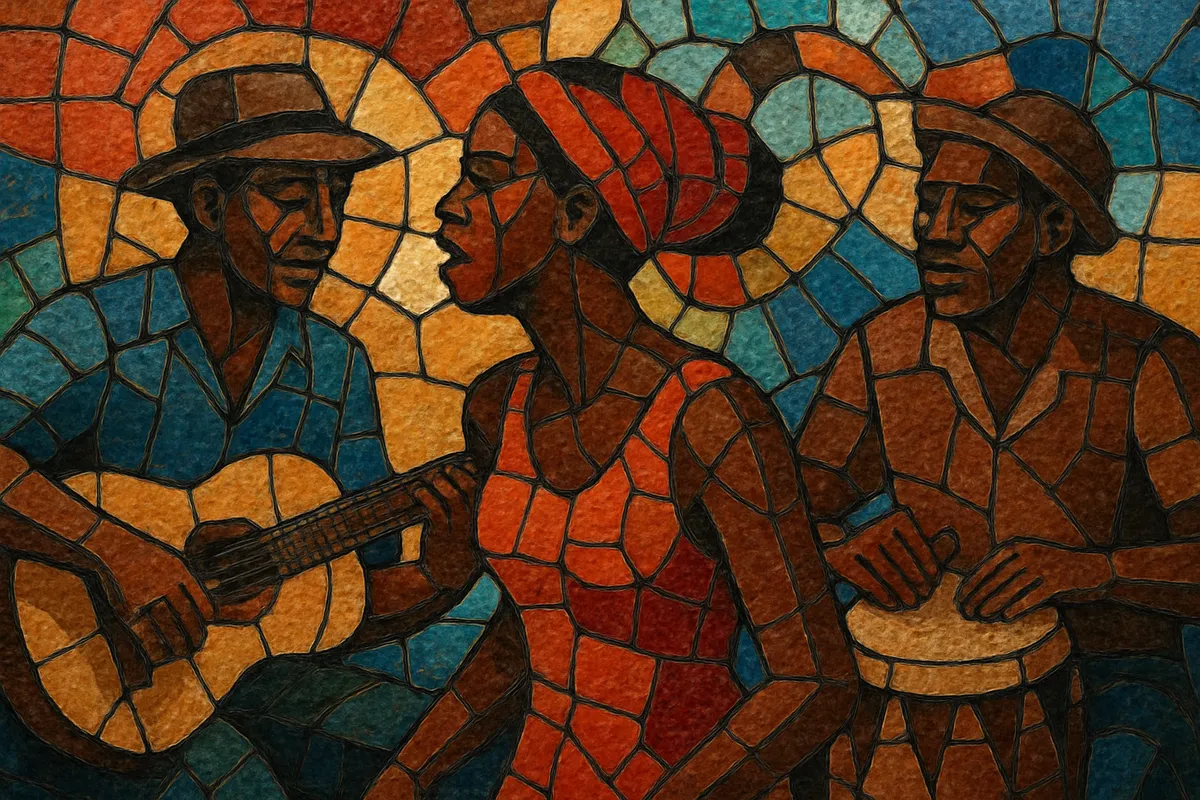Cadence rampa (also spelled kadans rampa) is a Haitian dance‑music style created in the early 1960s by saxophonist and bandleader Weber Sicot as a rival variation to Nemours Jean‑Baptiste’s compas direct. It keeps the steady méringue‑derived four‑on‑the‑floor pulse of compas but adds brisker tempos, tight brass fanfares, and dramatic “rampa” (ramp‑up) breaks that propel dancers into refrains.
Built for nightclubs and large ballrooms, the style features clear melodic saxophone/trumpet leads, interlocking guitar and piano patterns, and a prominent cowbell/conga drive. Through touring bands, cadence rampa spread across the Antilles and helped seed later Caribbean fusions.
Weber Sicot, a former member of Nemours Jean‑Baptiste’s pioneering compas direct orchestra, launched cadence rampa around 1962 to emphasize brisker tempos, sharper horn figures, and theatrical build‑ups (“rampa”) within the compas framework. The style retained the méringue pulse and ballroom orientation while highlighting saxophone/trumpet leads and a driving cowbell/conga pattern.
Sicot and his Ensemble Kadans Rampa toured the Caribbean—particularly Dominica, Guadeloupe, and Martinique—popularizing the sound with dancers and radio audiences. Haitian orchestras and emerging mini‑jazz bands adapted the cadence rampa feel, and its presence on regional stages laid the groundwork for later hybrids.
Throughout the 1960s, cadence rampa coexisted and competed with compas direct in Haiti’s vibrant ballroom scene. While compas would ultimately become the broader umbrella, cadence rampa’s brisk groove, brass writing, and arrangement style deeply shaped regional music. In the 1970s its rhythmic and arranging vocabulary fed directly into Dominica’s cadence‑lypso and later into the French Antilles’ zouk movement, ensuring a lasting legacy beyond Haiti.


